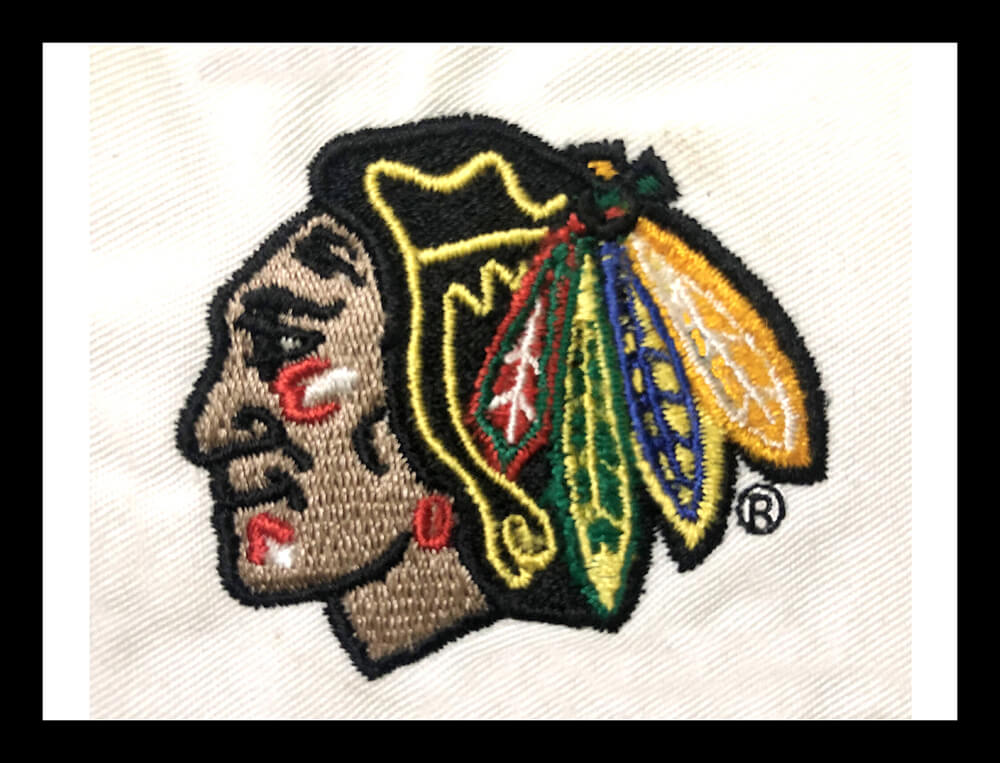Affordable Digitizing for Embroidery: Accuracy and Information
Affordable Digitizing for Embroidery: Accuracy and Information
Blog Article
Simplifying the Art of Embroidery Digitizing: Step-by-Step Guide
Embroidery digitizing is a meticulous craft that demands precision and imagination. As innovation remains to advance, the digitization procedure has actually ended up being much more obtainable, enabling fanatics to bring their detailed styles to life effortlessly. In this guide, we will unwind the complexities of needlework digitizing, damaging down each step methodically to enhance the procedure and equip both novices and seasoned embroiderers alike. Stay tuned to uncover just how you can simplify this intricate art type and transform your innovative visions into wonderfully embroidered masterpieces.
Recognizing Embroidery Digitizing Software Application
Needlework digitizing software program acts as a crucial tool for transforming complex styles right into electronic layouts suitable with embroidery equipments, promoting specific stitching and customization. This specialized software allows users to import numerous picture data layouts, such as JPG or PNG, and transform them into embroidery machine-readable styles like DST, EXP, or PES - Digitizing for Embroidery. By using attributes like stitch modifying, padding choices, and string color option, digitizing software enables users to manage every aspect of the style process
In addition, progressed embroidery digitizing software program provides tools for developing intricate layouts, readjusting stitch density, and integrating complex details. Users can likewise sneak peek the design before stitching it out, making certain accuracy and reducing errors. Furthermore, numerous software application offer automated functions that aid simplify the digitizing procedure, saving effort and time.
Comprehending the capabilities of embroidery digitizing software program is necessary for accomplishing premium results in embroidery tasks. By mastering this tool, embroidery lovers and professionals can release their imagination and bring complex designs to life with accuracy and efficiency.

Choosing the Right Design File
After familiarizing yourself with the capabilities of embroidery digitizing software program, the following essential action in the process is choosing the ideal layout file for your job. Digitizing for Embroidery. When selecting a style declare needlework digitizing, it's necessary to think about the intricacy of the design, the dimension of the end product, and the type of fabric you will be functioning with
For complex styles with great information, a high-resolution photo or vector file is recommended to guarantee that the embroidery device can precisely reproduce the design. In addition, the dimension of the last product plays a considerable duty in choosing the best style file. Bigger styles might need higher resolution data to maintain quality and intensity.
Additionally, the kind of fabric you will certainly be stitching on affects the option of layout file. Different fabrics may require adjustments in the layout documents to guarantee that the stitches are correctly lined up and the style looks like intended. By thoroughly picking the ideal style data based on these elements, you can establish on your own up for an effective needlework digitizing procedure.
Digitizing Devices and Strategies
Using specialized software application and accuracy strategies, digitizing tools are crucial in changing detailed layouts into embroidery-ready documents. Needlework digitizing software program, such as Wilcom, Hatch, or Embrilliance, offers the essential system to transform artwork into stitch information. These programs use functions like stitch editing, padding alternatives, and text tools to guarantee the style translates seamlessly onto fabric.
One of the vital methods in digitizing is developing a clear course for the embroidery maker to follow. This includes digitizing each aspect of the layout with accuracy, figuring out stitch types, thickness, and directions. By using devices like digitizing tablet computers or software-specific plugins, embroiderers can accomplish a high level of precision in their digitized styles.
Moreover, grasping the art of padding sewing is critical for producing top quality needlework. Underlay stitching supports the material and develops a foundation for the layout, ensuring that the last item is both aesthetically appealing and lasting. By comprehending these digitizing tools and techniques, embroiderers can boost their craft and bring More Info intricate designs to life with precision and efficiency.
Customizing Stitch Types and Directions
The selection of stitch types can substantially influence the overall look and structure of the stitched style. By tactically integrating these stitch types, embroiderers can accomplish depth and measurement in their designs.
Additionally, the instructions of stitches plays an essential role in boosting the visual charm of the last needlework. Diverse stitch instructions can add texture, highlight certain components, and develop aesthetic rate of interest. Altering the angle of stitches can simulate movement or natural patterns like hair or plumes. By experimenting with different stitch angles and patterns, embroiderers can bring their layouts to life with remarkable detail and ins and out. Mastering the art of personalizing stitch kinds and instructions encourages embroiderers to unleash their creative thinking and elevate the top quality of their job.
Testing and Refining Your Digitized Design
To make certain the precision and high quality of your digitized design, detailed screening and improvement are necessary action in the needlework digitizing process. Once you have finished the digitization of your style, it is important to check it before waging the actual embroidery. Examining permits you to identify any type of potential issues such home as thread breaks, stitch density issues, or layout distortions that might impact the last outcome.

After testing, it is necessary to improve your digitized style based on the feedback from the examination sew-out. This might involve tweaking stitch setups, changing densities, or making modifications to the general layout to attain the wanted outcome. By iterating with screening and improvement, you can tweak your digitized layout to perfection prior to progressing with the real embroidery procedure.
Final Thought
To conclude, mastering the art of needlework digitizing needs a comprehensive understanding of the software, choosing the right design documents, making use of digitizing devices and strategies, personalizing stitch types and directions, and testing and improving the digitized style. By adhering to these steps, embroiderers can simplify the digitizing process and develop high-quality stitched layouts Digitizing for Embroidery with precision and effectiveness.
Report this page